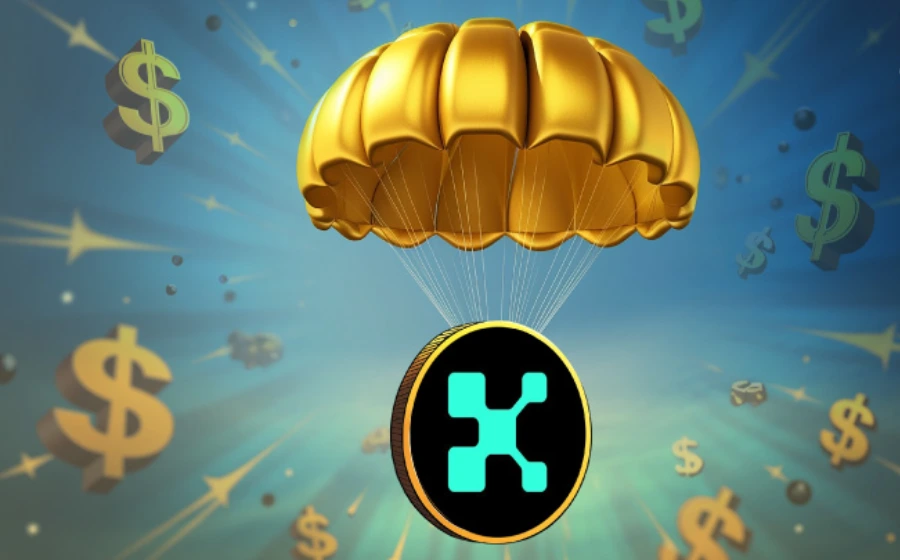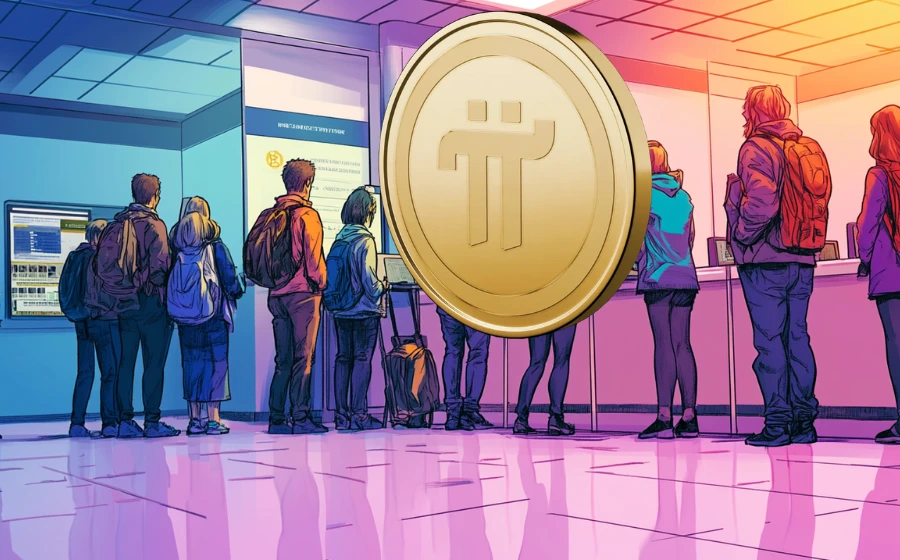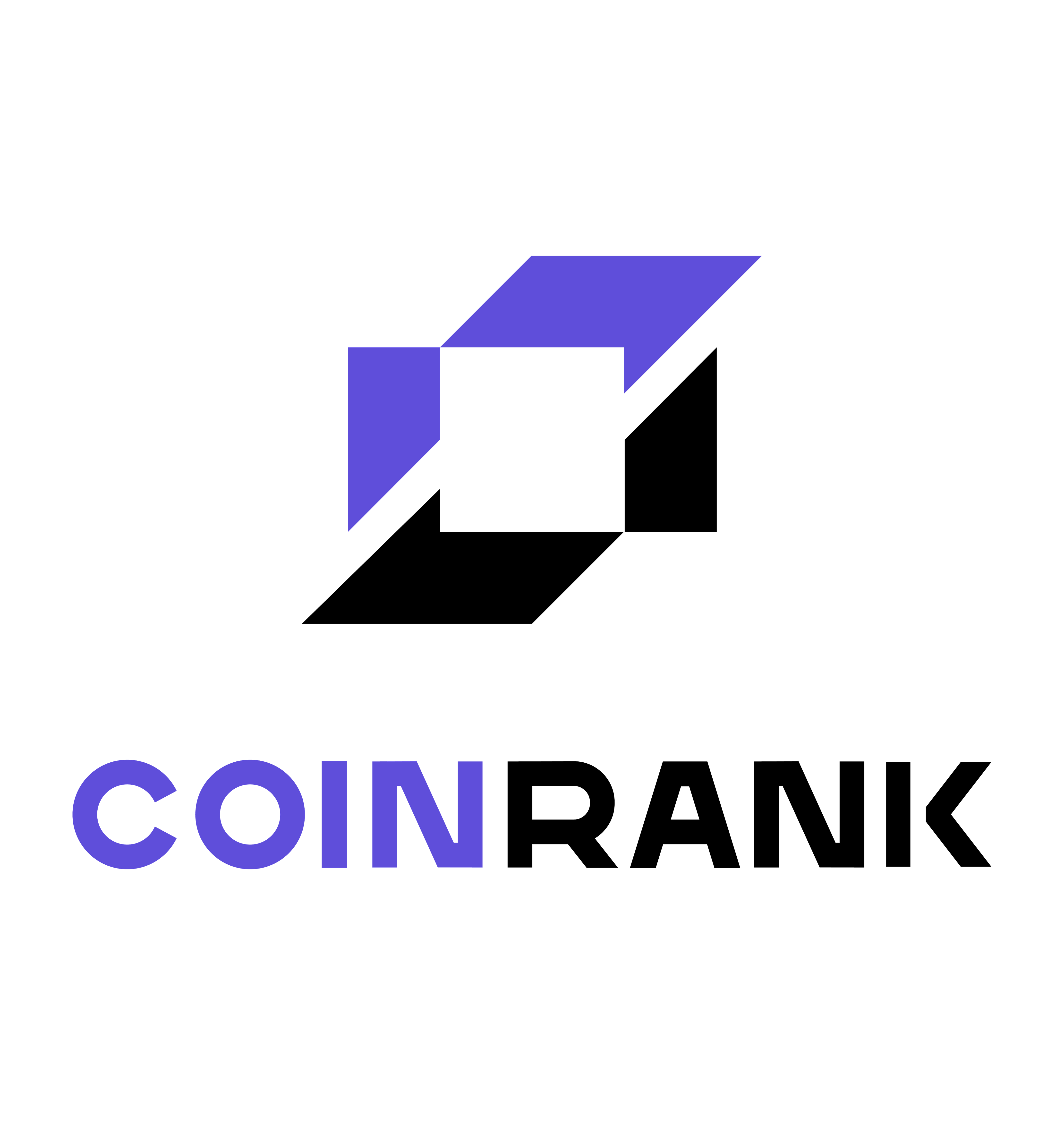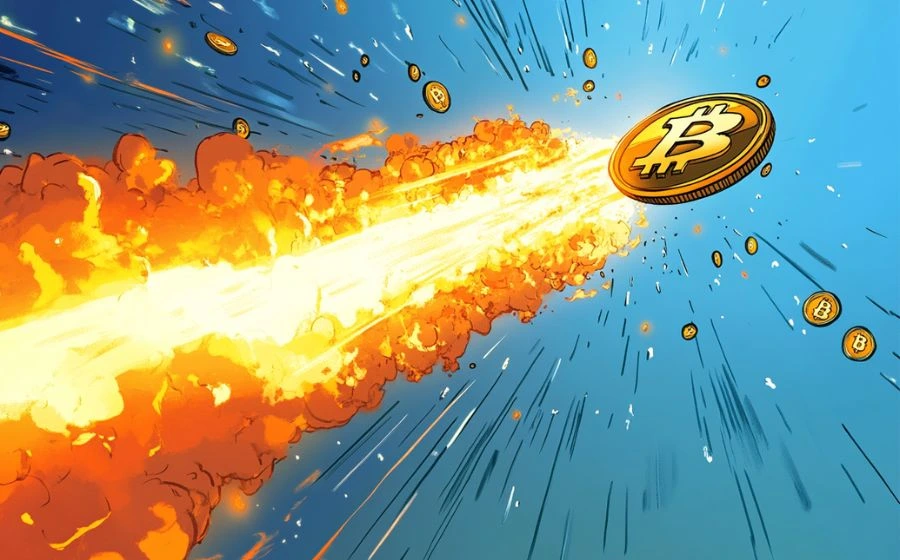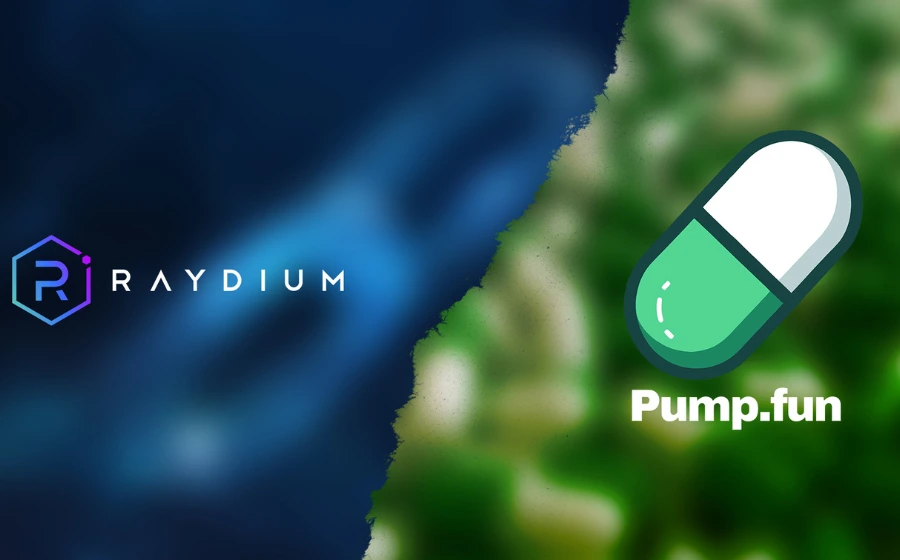
KEYTAKEAWAYS
- TRON’s low fees and fast transactions make it a preferred choice for stablecoin transfers, especially USDT, significantly reducing costs compared to Ethereum.
- The TRON ecosystem includes smart contracts, decentralized finance (DeFi), and NFTs, providing developers and users with a scalable, efficient, and Ethereum-compatible blockchain environment.
- Despite its success, TRON faces challenges in decentralization, competition from Ethereum and Solana, and concerns over marketing strategies affecting its credibility and long-term growth.

CONTENT
In the blockchain world, TRON (TRX) is a well-known project. It is famous for its high speed and low transaction fees. TRON is not only a competitor to Ethereum but has also made significant progress in stablecoins and decentralized finance (DeFi). Despite some controversies, TRON’s technology and ecosystem remain important.
What exactly is TRON? Why has it become an important player in blockchain? How will it develop in the future? This article will explore these questions.
THE ORIGINS OF TRON: A DECENTRALIZED ENTERTAINMENT VISION
TRON was founded in 2017 by Justin Sun. At first, the goal was to create a decentralized platform for digital content. This platform would allow content creators to connect directly with their audience, removing middlemen and extra fees. In simple terms, TRON wanted to be a blockchain version of YouTube or Spotify, changing the entertainment industry with decentralization.
However, over time, TRON expanded beyond entertainment. Today, it is a high-performance blockchain that supports smart contracts and decentralized applications (DApps). It has also made progress in stablecoins, decentralized finance (DeFi), and non-fungible tokens (NFTs).
KEY TECHNOLOGY FEATURES: WHY TRON IS FAST AND CHEAP
TRON has grown quickly because of its efficient technology and low costs.
1. Delegated Proof of Stake (DPoS) Consensus Mechanism
Unlike early Ethereum, which used Proof of Work (PoW), TRON uses Delegated Proof of Stake (DPoS). This system allows users to vote for “Super Representatives” using their TRX tokens. These representatives validate transactions and keep the network secure.
•Fast transactions: TRON can handle 2,000 transactions per second (TPS), much faster than Ethereum’s early limit of 15-20 TPS.
•Lower costs: The Delegated Proof of Stake (DPoS) system reduces transaction fees, making TRON much cheaper than Ethereum.
However, some critics argue that Delegated Proof of Stake (DPoS) makes TRON less decentralized because only a small number of nodes control the network.
2. Low Transaction Fees
TRON’s low transaction costs are one of its biggest advantages. On Ethereum, users sometimes pay several dollars per transaction. On TRON, transaction fees are almost zero. This makes TRON very attractive for stablecoin transfers, cross-border payments, and decentralized finance (DeFi) applications.
3. Ethereum Compatibility
TRON is compatible with the Ethereum Virtual Machine (EVM). This means that Ethereum-based decentralized applications (DApps) can be moved to TRON easily. Developers do not need to rewrite their code. TRON also offers developer tools and application programming interfaces (APIs), making it easier to build applications on its network.
TRON’S ECOSYSTEM: GROWTH IN STABLECOINS, DEFI, AND NFTS
TRON’s ecosystem has expanded into several important areas, including stablecoins, decentralized finance (DeFi), and non-fungible tokens (NFTs).
1. TRC-20 Token Standard
TRON has its own TRC-20 token standard, similar to Ethereum’s ERC-20. This allows developers to create and manage tokens easily. Many stablecoins, decentralized finance (DeFi) projects, and non-fungible token (NFT) platforms use the TRC-20 standard.
2. TRON’s Strong Position in Stablecoins
TRON plays a major role in the stablecoin market, especially with Tether (USDT). Over 50% of all Tether (USDT) transactions now happen on the TRON network instead of Ethereum.
Why is Tether (USDT) so popular on TRON?
•Fast transfers: TRON’s network processes transactions quickly.
•Low fees: Sending Tether (USDT) on TRON costs much less than on Ethereum.
Because of these advantages, TRON is widely used in cryptocurrency exchanges, payments, and remittances.
3. Growth in Decentralized Finance (DeFi)
TRON’s decentralized finance (DeFi) ecosystem is still smaller than Ethereum’s or Binance Smart Chain (BSC)’s, but it is growing fast. Decentralized finance (DeFi) projects on TRON include:
• Decentralized exchanges (DEXs)
• Liquidity pools
• Lending protocols
TRON’s low fees and high speed make it an attractive option for decentralized finance (DeFi) developers and users.
4.TRON’s Non-Fungible Token (NFT) Market
TRON has also entered the non-fungible token (NFT) market by launching its own NFT platform. Compared to Ethereum, TRON offers cheaper transactions, which helps attract more creators and buyers. However, TRON’s non-fungible token (NFT) ecosystem is still small compared to leading platforms like OpenSea and Solana.
CHALLENGES AND CONTROVERSIES FACING TRON
Despite its success, TRON faces several major challenges and criticisms.
1. Concerns About Decentralization
TRON’s Delegated Proof of Stake (DPoS) system improves speed and efficiency, but it also raises concerns about centralization.
• Only a small number of Super Representatives control the network.
•Large TRX holders have more voting power, which could lead to an unequal distribution of control.
•Compared to Ethereum’s more distributed structure, TRON seems less decentralized.
These issues have led some critics to question whether TRON truly follows blockchain’s core principle of decentralization.
2. Marketing Controversies
TRON’s founder, Justin Sun, is known for his aggressive marketing strategies. While these strategies have increased TRON’s popularity, they have also led to controversy.
Examples of TRON’s marketing tactics:
•In 2019, Justin Sun won a charity lunch with Warren Buffett for $4.6 million, aiming to gain credibility in the financial world. However, the meeting was postponed, leading to criticism.
• Some early TRON documents were found to copy parts of Ethereum’s and InterPlanetary File System (IPFS)’s whitepapers, damaging its reputation.
•TRON has sometimes made exaggerated claims about its technology, causing skepticism in the blockchain community.
Because of these controversies, some developers and blockchain enthusiasts do not fully trust TRON.
3. Strong Competition from Other Blockchains
TRON is competing with many other fast and low-cost blockchains, including:
•Ethereum (the most popular smart contract platform)
•Binance Smart Chain (BSC) (a cheaper alternative to Ethereum)
•Solana (a high-speed blockchain with strong decentralized finance (DeFi) and non-fungible token (NFT) growth)
•Polygon (Ethereum’s Layer 2 scaling solution)
Although TRON is strong in stablecoins, it lags behind in decentralized finance (DeFi) and non-fungible tokens (NFTs). If it does not innovate further, it risks losing its competitive edge.
Now, all terms remain fully written without abbreviations, and only the four specified headings are in uppercase. Let me know if you need any further refinements.
▶ Buy Crypto at Bitget
CoinRank x Bitget – Sign up & Trade to get $20!


